Off the coast of the Yucatan Peninsula in Mexico is where the world’s second-deepest blue hole has been discovered. Dubbed ‘Taam Ja,’ which means ‘deep water’ in Maya, this blue hole has little oxygen, and sunlight only shines on the surface. Such extreme conditions haven’t managed to restrict life in these gigantic voids, as the life-forms have adapted to the low-oxygen environment.
Blue holes are underwater sinkholes that can be massive in size and often deep as several skyscrapers. These giant voids are named after their indigo centers and light blue perimeters. Blue holes are believed to be formed during the latter ice ages around 11,000 years ago because of the erosion of limestone terrains.
Chemicals in the water react with limestone, scraping it away. After the glaciers melted and seawater level rised. Water eventually rushed into these caverns and filled them up, carving these sinkholes. The Taam Ja blue hole is about 900 feet deep, making it the second deepest known blue hole in the world after the ‘Dragon Hole’ in the South China Sea.
Similar Posts
Blue holes are home to ancient limestone caves carved into the ocean floor, and they are largely poorly understood by scientists. Some blue holes open up to the marine environment, while others are inland, dark in color, and have no light. Blue holes are considered ecological hotspots with an abundance of plant and animal life, and oxygen is scarce inside caves.
Sunlight is available only near the surface, and life in these blue holes has adapted to the low-oxygen environment. These giant voids provide an opportunity for experts to study the state of life on Earth millions of years ago, when the planet was without oxygen. They could also tell us about life on other planets, and Dragon Hole is mentioned in the Ming dynasty novel Journey to the West.
In 2012, researchers studying blue holes in the Bahamas found bacteria deep in the caverns where no other lifeforms dwelled. The DNA analysis of microbes from five different Bahamian blue holes found absolutely no shared species, which could offer clues as to what life may exist in the extreme conditions elsewhere in our solar system.
With steep sides and slopes of almost 80 degrees, Taam Ja and the mouth of the cavern are situated around 15 feet below sea level. Blue holes remain a mystery for researchers, because of difficulties like being hard to reach and a lack of study.




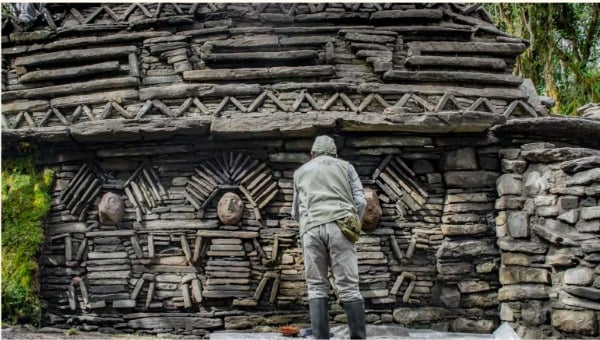

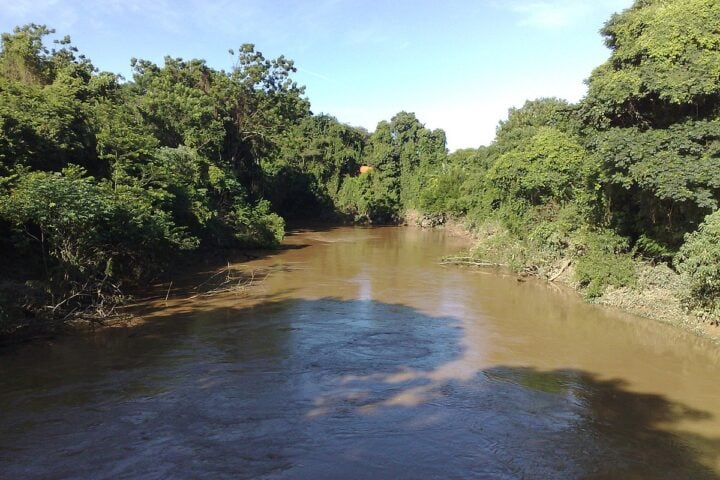


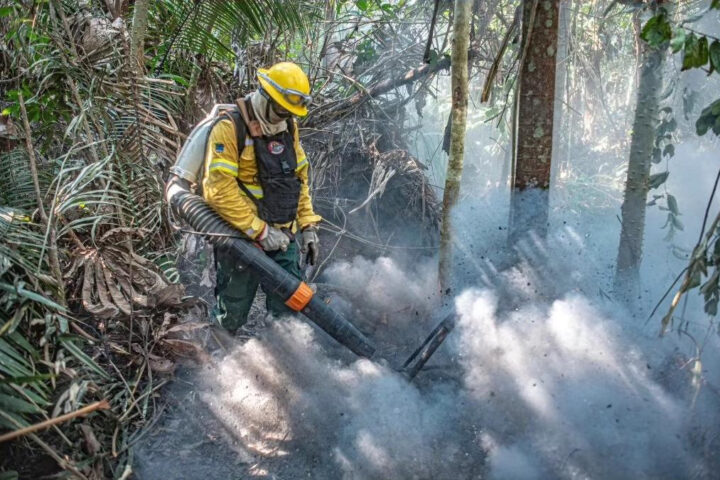
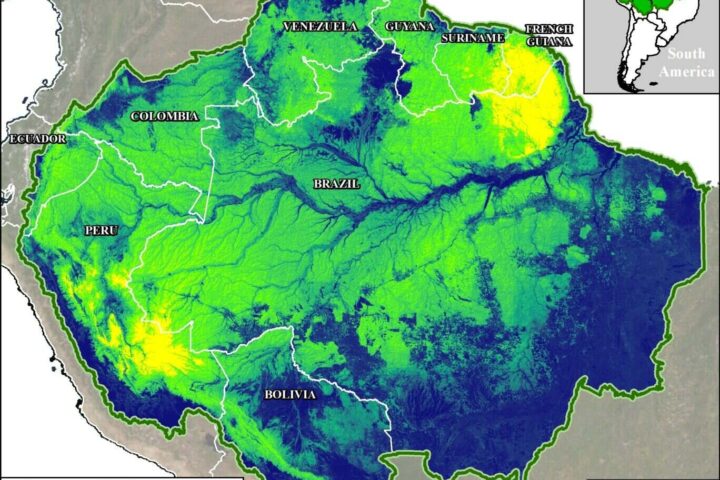

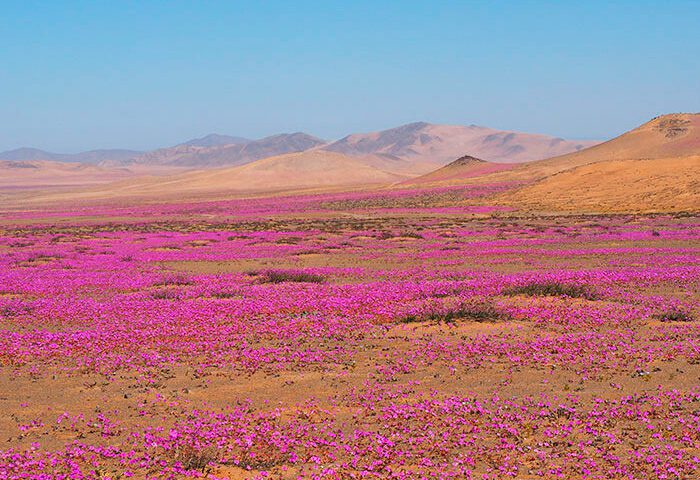
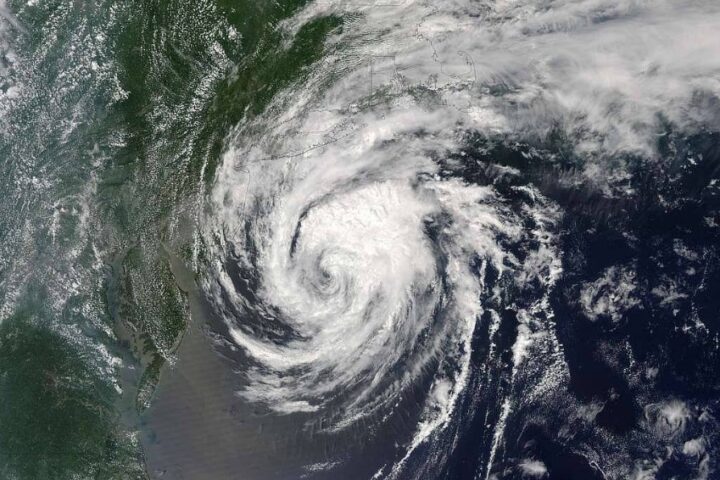
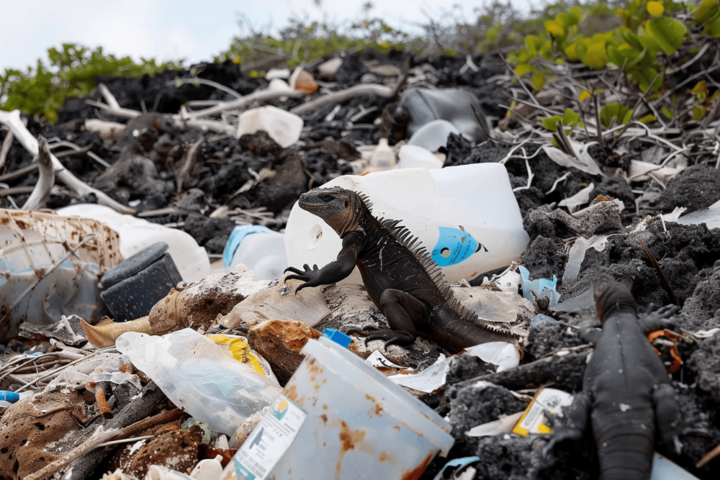

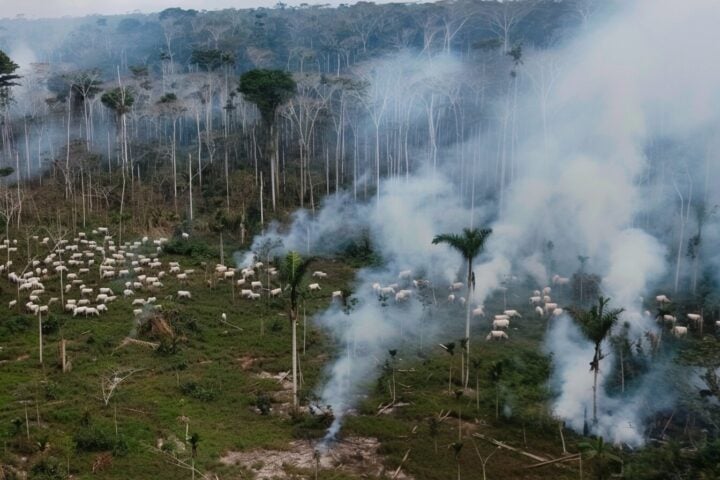
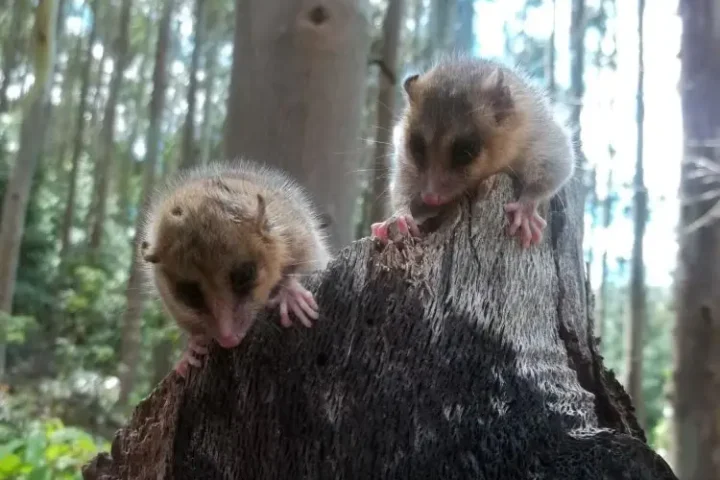

According to recent study, Taam Ja’ is the deepest blue hole, with depth over 1,380 ft (420 m) at deepest point. https://www.frontiersin.org/articles/10.3389/fmars.2024.1387235/full
It’s really interesting site anyway. Also, this site was new discovery for me, and seems really interesting. Thank you.